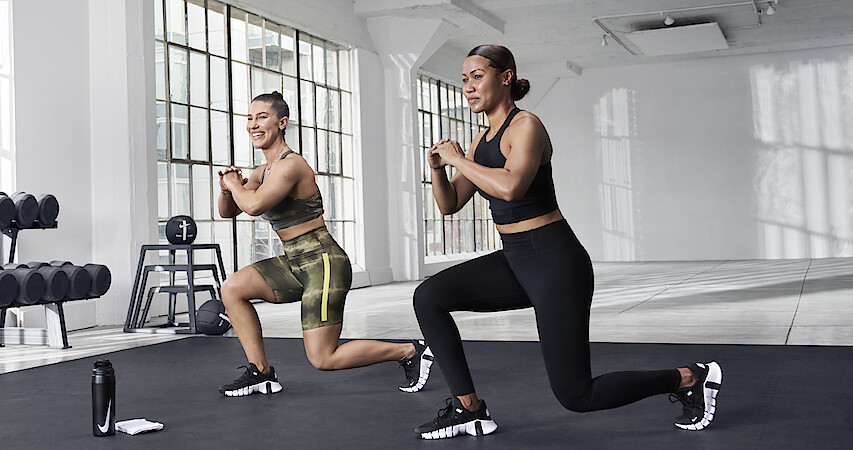Aytyapi Insights
Exploring the latest trends and updates in technology and lifestyle.
Fitness Fables: Debunking Myths to Shape Your Workout
Uncover the truth behind popular fitness myths! Transform your workout with evidence-based tips that actually work.
The Truth About Cardio: Debunking the Myth of 'Fat-Burning Zones'
The concept of 'fat-burning zones' has been a prevalent misconception in the fitness community for years. Many believe that exercising at lower intensities, typically around 60-70% of maximum heart rate, is the most effective way to shed fat. However, this oversimplified view doesn't take into account the complexities of energy metabolism. In reality, while you might burn a greater percentage of fat at lower intensities, higher-intensity cardio can lead to a higher total calorie expenditure, ultimately contributing to more effective weight loss over time. Thus, instead of obsessing over hitting a specific 'fat-burning zone,' focusing on overall calorie burn and the sustainability of your workout routine is far more advantageous.
Furthermore, it's essential to understand that the body burns fat continuously, regardless of the intensity of exercise. According to various studies, the body utilizes both fat and carbohydrates as fuel sources depending on the activity's duration and intensity. A balanced approach that incorporates both low and high-intensity workouts not only keeps the body challenged but also optimizes overall fitness and cardiovascular health. Instead of limiting yourself to certain heart rate ranges, embracing a variety of training styles like HIIT, steady-state cardio, and strength training can provide superior results and improve overall well-being.

Lifting Heavy Weights: Does it Really Make Women Bulk Up?
Lifting heavy weights has long been surrounded by myths, particularly the belief that it will cause women to bulk up significantly. In reality, women typically have lower levels of testosterone compared to men, which plays a crucial role in muscle growth. As a result, while strength training can lead to muscle definition and increased strength, it doesn't inherently lead to the bulky appearance often feared. Instead, most women will find that lifting heavier weights tones their physique and enhances overall athleticism.
Moreover, incorporating heavy weights into a fitness routine has numerous benefits beyond muscle gain. For example, lifting weights can improve bone density, boost metabolism, and increase functional strength, which is essential for daily activities. Women who engage in regular strength training not only enjoy a more sculpted look but also experience improvements in mental health and confidence. Therefore, rather than shying away from heavy lifting, women should embrace it as a vital part of a balanced fitness regimen.
Should You Stretch Before a Workout? Unpacking the Misconceptions
When it comes to pre-workout routines, stretching often stirs up a heated debate among fitness enthusiasts. Many believe that stretching before a workout is essential for preventing injuries and enhancing performance. However, research has started to challenge this notion, suggesting that traditional static stretches—like holding a hamstring stretch for 30 seconds—might actually weaken muscular strength temporarily. Instead, incorporating a warm-up that includes dynamic movements, like leg swings and arm circles, could be more beneficial for preparing the body for exercise.
Another misconception is that stretching is universally necessary for everyone. In reality, individual needs may vary based on factors such as age, fitness level, and the type of workout being performed. For instance, athletes preparing for high-intensity training may require a greater emphasis on mobility and dynamic stretches, while those engaging in low-impact activities may not need extensive stretching at all. Hence, it's crucial to evaluate your personal goals and workout type when deciding whether to include stretching in your pre-workout regimen.